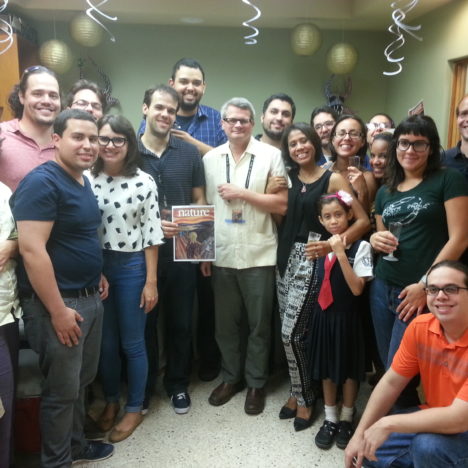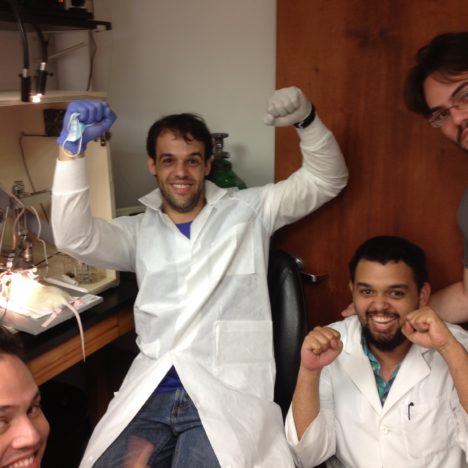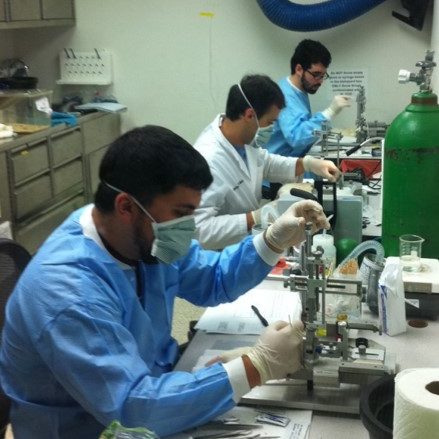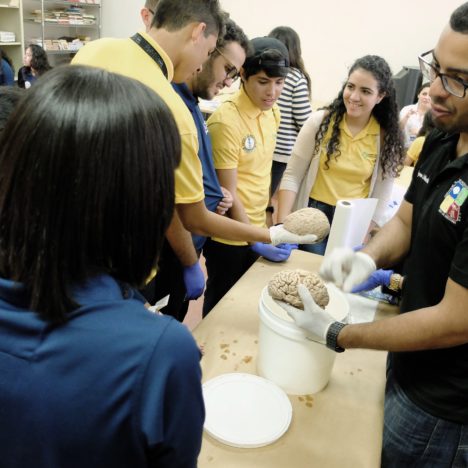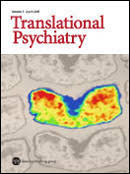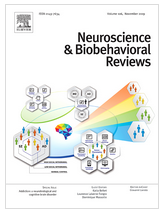-
To increase understanding of how the brain overcomes fear.
-
To train effective scientific thinkers who value communication and collaboration.
-
To increase neuroscience practice in historically underrepresented countries.

Our Mission Statement
Lab Gallery
Latest News
Latest Papers
Our lab studies the mechanisms of emotional regulation using rodent models of conditioned fear and active avoidance. Much of what is known about extinction comes from Pavlovian fear conditioning where a tone is paired with a mild footshock. We are particularly interested in how the brain learns to extinguish previously learned fear associations when danger is no longer present. We have found that a subregion of the prefrontal cortex, the infralimbic cortex (IL), is necessary for extinction of both conditioned fear and active avoidance. Moreover, another mPFC subregion, the prelimbic cortex (PL), is necessary for expression of both conditioned fear and active avoidance. We suggest that IL and PL inhibit and drive fear responses, respectively, via projections to the amygdala and striatum. In collaboration with the Martinez lab at UPR, we also study conditioned fear in humans, with the goal of developing new treatments for anxiety disorders.
Patients with post-traumatic stress disorder (PTSD) and obsessive compulsive disorder (OCD) exhibit excessive fear and persistent avoidance of cues associated with a traumatic event. Excessive avoidance prevents a person from facing their fears, thereby reducing the opportunities for extinction. Whereas rodent studies have revealed much about circuits involved in conditioned fear, much less is known about the neural circuits mediating avoidance of fear-associated cues. In collaboration with researchers in the NIMH Conte Center on OCD , we are exploring the relationship between avoidance circuits and OCD.




